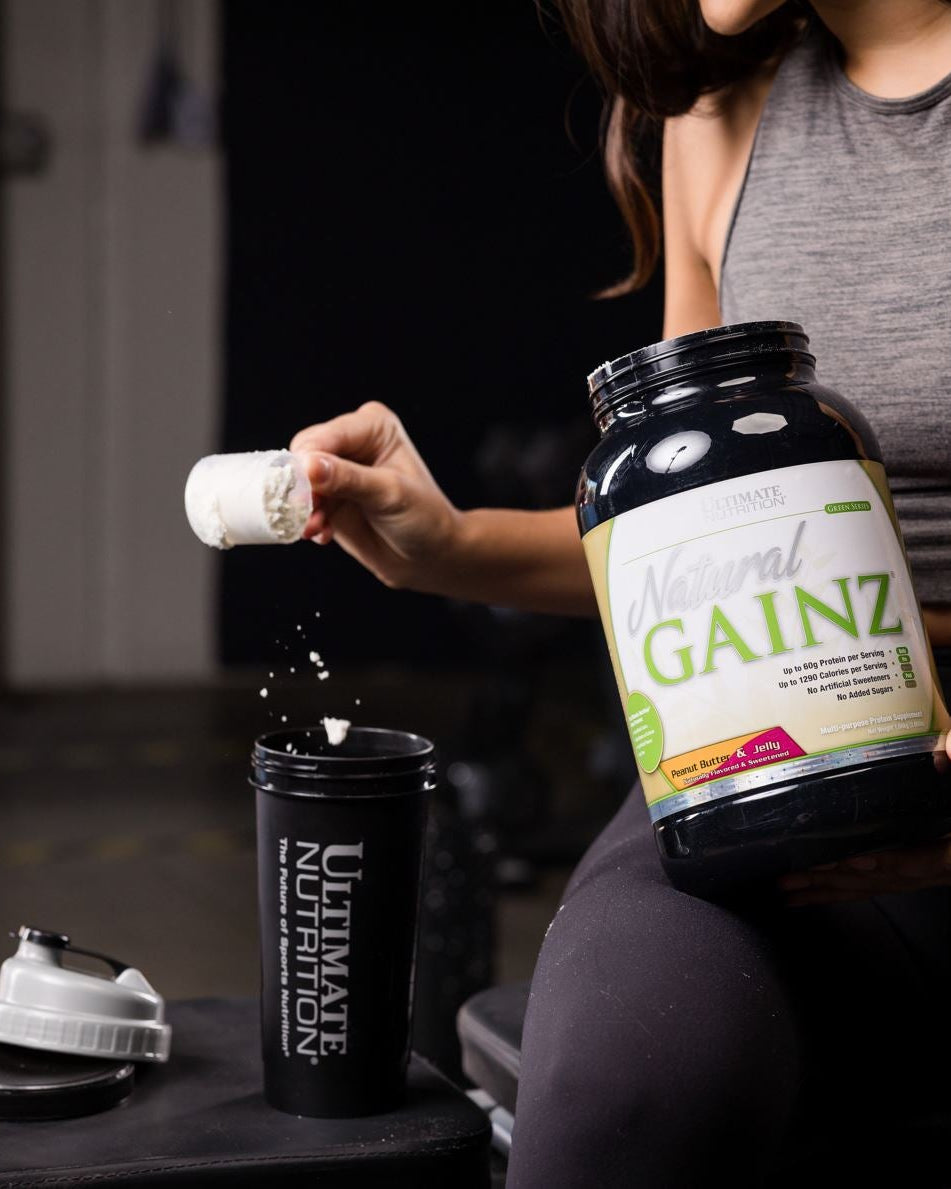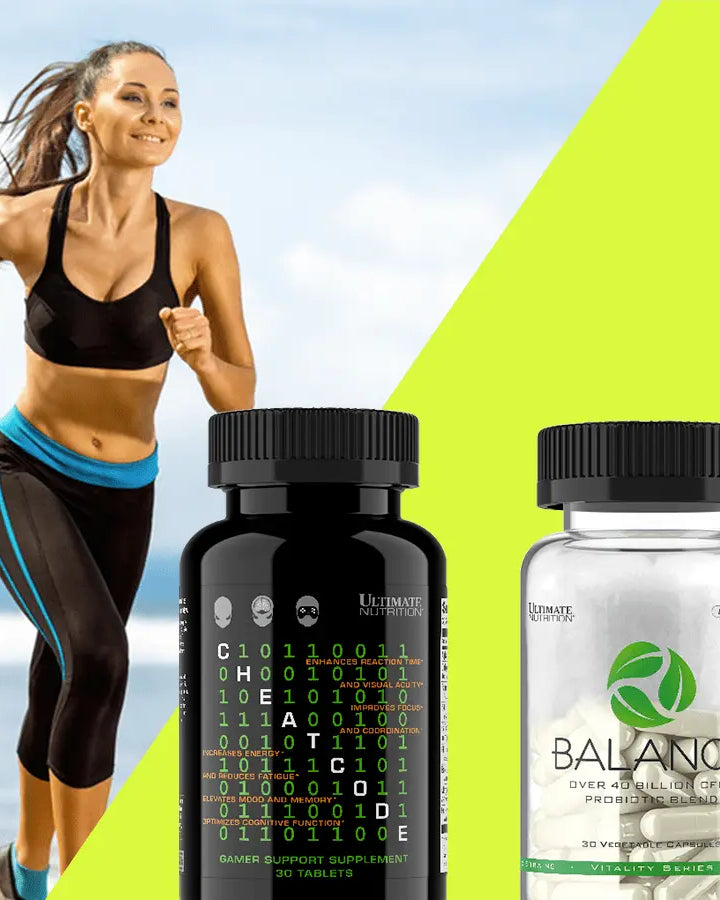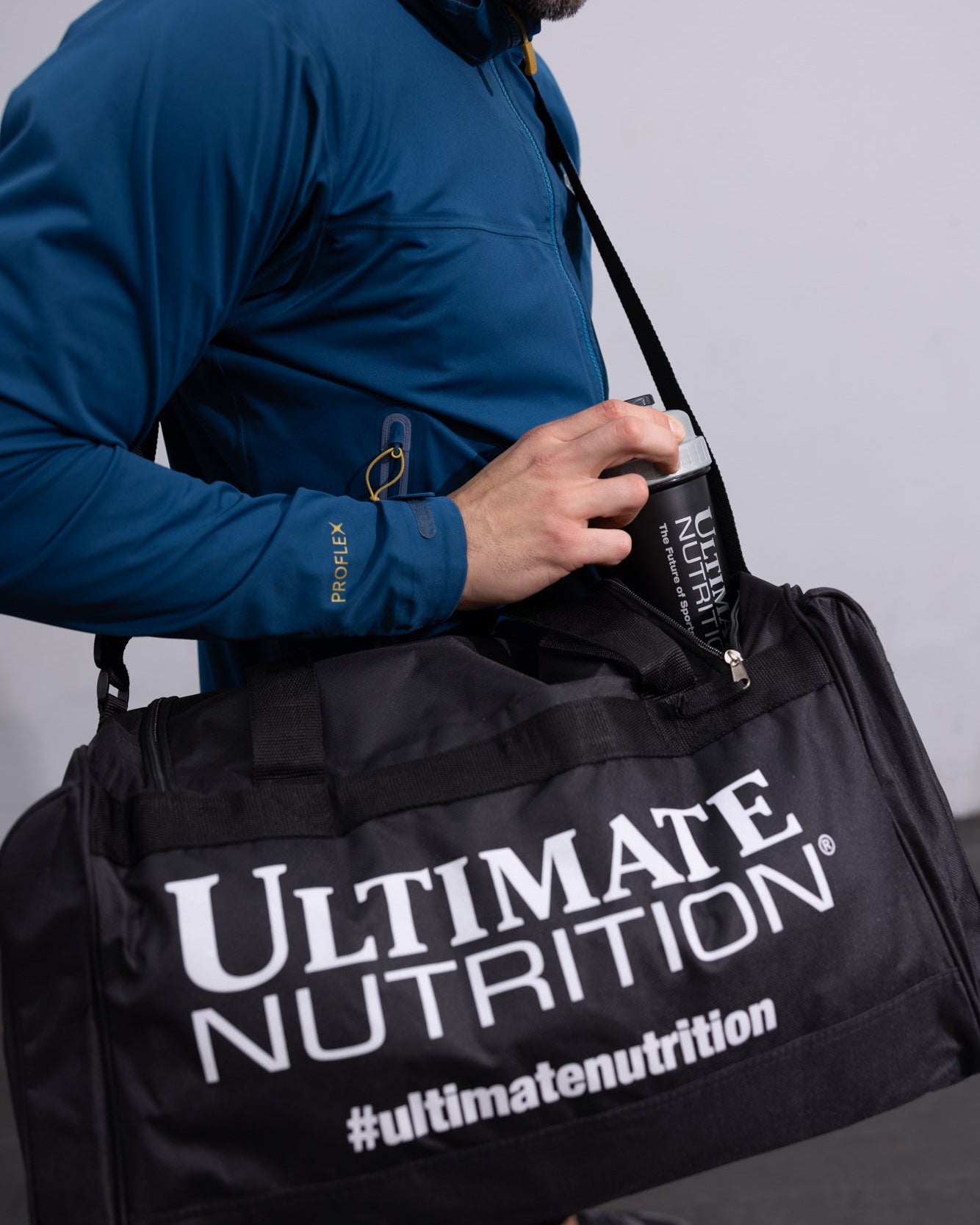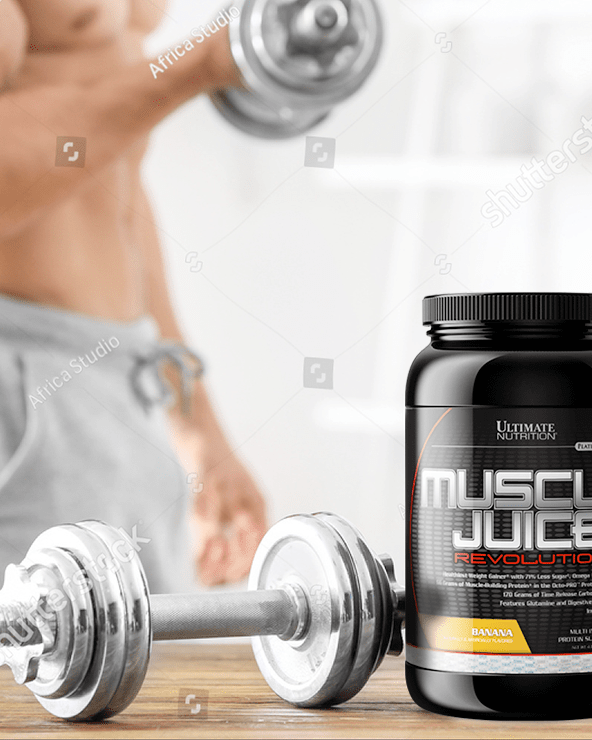In today’s muscle-based fitness world, many turn to bulking.
The appeal is clear: we want to see results when we work out. While strong muscles may look appealing, bulking isn’t always healthy– it depends on how you do it.
Bulking comes in two forms: Clean bulk vs. dirty bulk.
Clean bulk occurs when the exerciser monitors their calories and eats healthy, balanced meals. Conversely, dirty bulk occurs when someone doesn’t watch their calorie intake and fills their body with junk foods.
In this article, we’ll break down the exact distinction between clean and dirty bulk. We’ll show you why all muscles aren’t created equally and all the best ways to fuel your fitness.
The Importance of a Caloric Surplus
To follow bulking, you have to understand a caloric surplus.
You won’t gain muscle from working out alone. While lifting weights may make you feel energized, you won’t see physical differences unless you consume enough calories. When targeting muscle growth, it’s essential to set a calorie surplus.
This surplus will fuel the body and provide enough to stimulate muscle growth. With clean bulking, you’ll set a little caloric surplus, which will help you build muscles in a controlled and gradual fashion. With dirty bulking, you won’t pay much attention to your calories. Thus, less control.

Clean vs. Dirty Bulk
Now that we know how caloric surpluses work, let’s explore the significant distinctions between clean and dirty bulking.
Calorie Intake
Since calories help lead to muscle growth, you have two paths: eat in a controlled fashion or as much as possible.
Clean bulking involves the former. The exerciser will set a slight caloric surplus for their diet, typically 15-25% more calories than they consume. This addition allows the body to capitalize and grow muscles. However, results may come slower than the alternative.
The mentality behind dirty bulking is the opposite. Rather than setting a small addition to calories, this bulk comes from eating lots of calories. Dirty bulkers will tend to see results quicker than the alternative; however, the gain will likely come with fat increases.
Healthy, Balanced Meals
When someone eats as many calories as possible, they’re likely not paying attention to the nutritional value. For this reason, dirty bulking typically leads to more unhealthy food choices, like processed food, junk food, and fast food, as well as a surplus of protein. Besides body fat, these choices often lead to slow, sluggish behavior.
You may look healthy, but you won’t feel as good.
Here again, clean bulking takes a healthy, monitored approach. By favoring quality over quantity, clean bulking revolves around eating whole, nutrient-based foods. Rather than quick meals, a clean bulker fills their diet with a careful blend of:
- Lean Proteins: Chicken, lean beef, turkey, eggs, and plant-based proteins like tofu
- Healthy fats: Nuts and seeds, olive oil, coconut oil, salmon, and avocados.
- Complex carbohydrates: Quinoa, brown rice, oats, potatoes, squash, and fruits
Due to these healthier options, clean bulkers typically feel healthier and more energized.

The Pros and Cons of Dirty and Clean Bulking
If you’re trying to decide between the two forms of bulking, consider the pros and cons of each. Both options have ups and downs; only you can determine what’s best for your fitness.
Breaking Down Clean Bulking
Clean bulking is a sustainable approach to building muscles throughout the body. A few pros of clean bulking include:
- Body Composition: Due to the limited caloric surplus, clean bulking leads to less fat throughout the body and more pure muscle growth.
- Health: Clean bulking involves whole, nutrient foods, which often leads to increased energy and health.
- Sustainability: Because muscle comes without body fat, you’ll maintain it in the long run.
Like anything in the workout world, clean bulking can come with a few negatives:
- Slower muscle gain: The low-calorie surplus leads to a slowed growth rate
- Knowledge and disciple: Clean bulking isn’t simple. It involves a lot of research and discipline.
Dirty Bulking Breakdown
Dirty bulking offers many opposites of clean bulking. Here’s a list of benefits to doing things the quick way.
- Faster muscle growth: Forget slow and steady; dirty bulking gets results. The high-calorie intake causes the body to use up protein and build muscle.
- Increased flexibility: Dirty bulking requires much less time and thought than clean bulking. You won’t have to micro-manage your meals to keep yourself on track.
While these benefits may sound nice, they come with a few downsides. Let’s review the following cons.
- Body fat: uncontrolled calorie intake spurs quick work, but it can also add fat to your body composition. You may have muscles, but in a different physique than hoped for.
- Poor overall health: By eating processed and junk foods, dirty bulking may lead to lowered energy, stamina, and overall, worse workout performance.
Maximize Your Workout Game With Supplements
When it comes to clean and dirty bulk, there aren’t clear answers. If you’re looking for quick muscles, dirty bulking may be your answer. However, we think that what’s best for your body is best for you.
At Ultimate Nutrition, we recommend eating healthy and gaining muscle in a controlled fashion. You may not see gains as quickly, but you’ll be focusing on the health and longevity of your body. What more could you want?
For this reason, we have to go with clean bulking.
Our supplemental product line has all the options to maximize your bulking. With an assortment of vitamins and muscle-building compounds, you’ll find clean bulking easy and mindless. Our Weight Gainers will specifically target giving you the proteins and calories you need to boost your strength.
In fitness, we’re all on our journeys. We hope you’ll pick the path that boosts your body and amplifies your health.





















